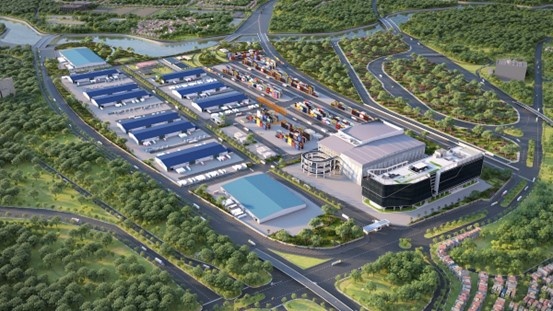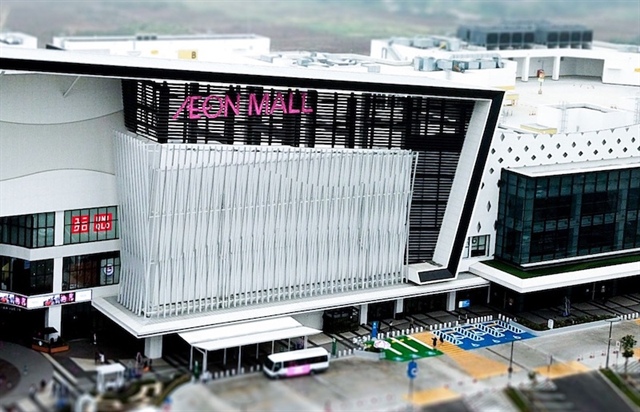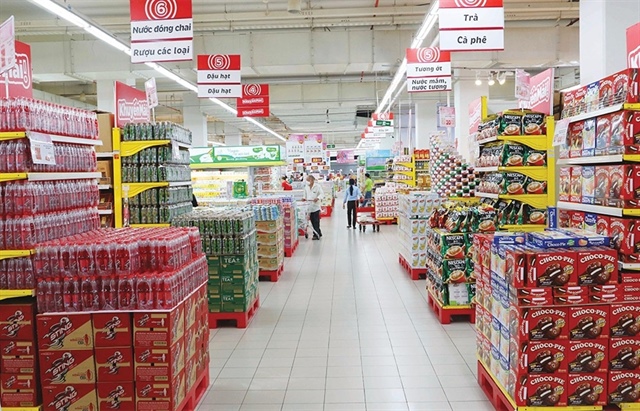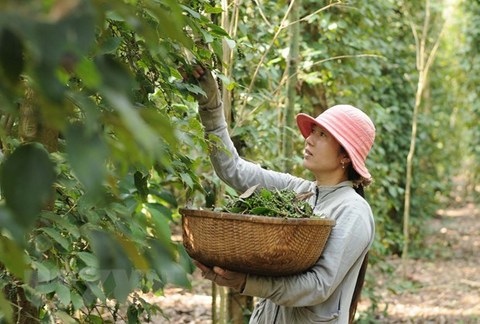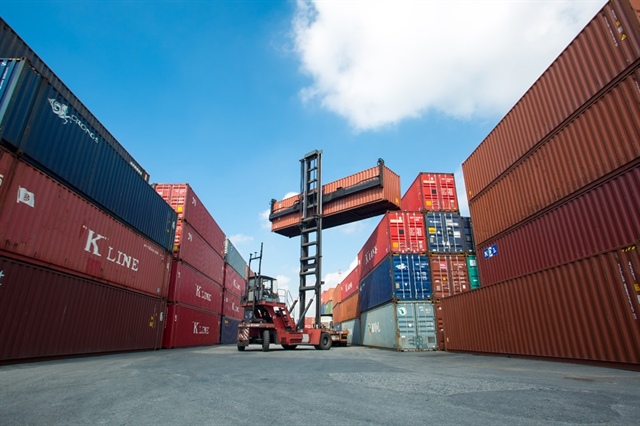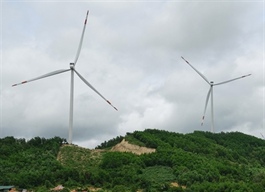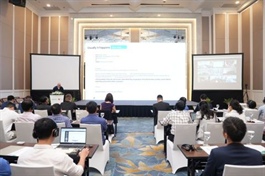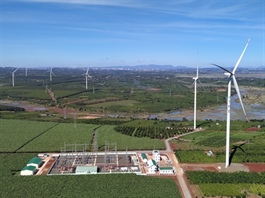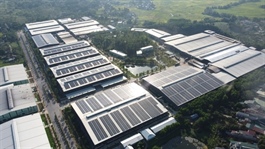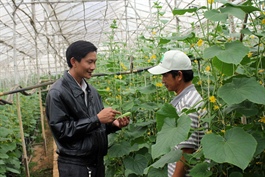Hanoi promotes efficiency in industrial slaughterhouse operations
Hanoi promotes efficiency in industrial slaughterhouse operations
Consumers' preference for hot meat over cool-slaughtered pork is a prevailing habit, with an estimated 5% recognizing the food safety benefits associated with cool-slaughtered pork within the industrial chain.
While industrial slaughterhouses in Hanoi account for a relatively small percentage of all the city’s abattoirs, these modern, enclosed production facilities play a significant role in ensuring a substantial supply of safe food for consumers in the capital.
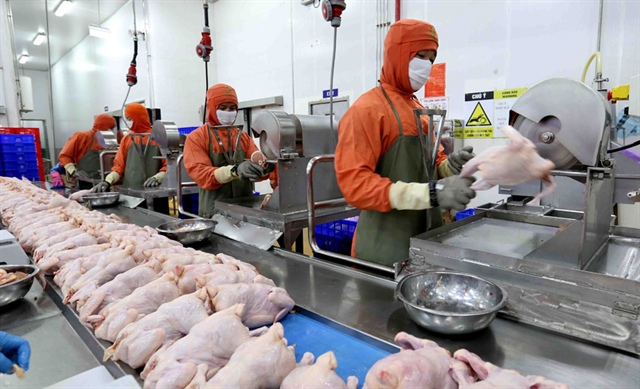
CP Hanoi's food processing facility at Yen Nghia Industrial Park, Chuong My District. Photo: Viet Linh/The Hanoi Times |
Voraset Ranvongsanithichot, Assistant for Deputy General Director of CP Vietnam Livestock Joint Stock Company - Factory Branch 3 in Hanoi, said that the company's pork slaughterhouse in Hanoi was designed to sacrifice up to 2,000 pigs per day. Presently, the factory is operating at only 25% of its capacity, supplying the market with about 40-45 tons of pork daily.
During the slaughtering process, both pigs and poultry are suspended on conveyor belts to ensure that they do not come into contact with the floor, thus minimizing the risk of product contamination. The production area is carefully temperature-controlled to maintain the highest quality of meat products. At the end of each production shift, the factory undergoes a thorough and detailed cleaning and disinfection process to meet all required standards. Furthermore, the factory employs specialized vehicles with sealed containers and air conditioning to transport meat products to customers, ensuring the delivery of high-quality products.
Bui Quang Vinh, the General Director of Vinh Anh Food Technology, said the company’s fresh meat processing plant in the northern region was established in 2012. This facility is the largest in the area and uses imported equipment and machinery for pork slaughtering and processing, with technology transferred from France and China. It can process 600 to 1,000 pigs per shift, while the cold storage system, professionally designed and imported from Germany, can handle up to 500 tons per day.
Furthermore, to guarantee the freshness and hygiene of its food products, the company distributes 100% of its clean meat exclusively to supermarkets and agents using specialized refrigerator truck
Assessing the industrial slaughterhouse system in Hanoi, Nguyen Van Quang, the Head of the Disease Management Office under the Department of Animal Husbandry and Veterinary Medicine, reported that the city currently has 726 livestock and poultry slaughterhouses. Among these, 5 industrial slaughterhouses are operating in the Chuong My, Dong Anh, Thuong Tin, and Thanh Oai districts.
“Industrial slaughterhouses not only prioritize hygiene and veterinary medicine to ensure food safety but also contribute significantly to the market by supplying a substantial amount of livestock and poultry meat with clear origin,” said Quang.
Such a process makes it easier for regulatory agencies to facilitate quality checks and product management, he noted.
Encouraging effective operation of slaughterhouses
Despite these advantages, the process of establishing modern industrial slaughterhouses faces several challenges, as pointed out by Ranvongsanithichot from CP Vietnam Livestock.
These challenges include the substantial investments required for facility construction, factory setup, slaughtering lines, warehousing systems, and environmental management, which result in higher product costs. Consequently, high-quality products from industrial slaughterhouses may face challenges in competing prices.
Furthermore, consumers' preference among consumers for hot meat over cool-slaughtered pork is a prevailing habit, with only a small percentage (estimated at less than 5%) recognizing the benefits of food safety associated with cool-slaughtered pork within the industrial chain, he noted.
Ta Van Tuong, the Deputy Director of the Hanoi Department of Agriculture and Rural Development, has outlined a plan to streamline the management of livestock and poultry slaughter plants. In the near future, the department will work closely with various government departments, agencies, and local authorities to intensify inspections of slaughterhouses and businesses that fail to meet veterinary hygiene and food safety standards.
Stringent measures will be taken against these non-compliant establishments, in strict accordance with the law. The department will also develop a roadmap and solutions for consolidating small-scale slaughterhouses that fail to meet the requirements for veterinary hygiene, food safety, and environmental standards into centralized slaughterhouses by urban planning guidelines.
To optimize the effectiveness of industrial slaughterhouses, the Agriculture sector will advise the city on developing mechanisms and policies to support and incentivize businesses to invest in constructing centralized livestock and poultry slaughterhouses in line with the Capital's developmental characteristics.
Simultaneously, the focus will be on addressing and resolving challenges faced by investors during the construction of these livestock and poultry slaughter projects, ensuring timely progress. Additionally, emphasis will be placed on communication efforts to provide producers, businesses, and consumers with ongoing veterinary hygiene and food safety education. This continuous awareness-building process aims to transform consumer perceptions and encourage the adoption of safe and secure food practices in daily meals, Tuong noted.


